The Berlin Wall in Popular Media
Fine large format news map issued in August 1961 by Newsweek, illustrating the Berlin Crisis and foreshadowing the construction of the Berlin Wall.
The larger map illustrates the division between the Russian and Allied portion of Berlin, in the month of the construction of the Berlin Wall, which was erected on August 12, 1961. As this map would likely have been published at the end of July, 1961 for distribution at the beginning of August.
As noted in the text:
As the ring of Soviet threats and armed might tightened about the 188-square-mile enclave of West Berlin, supply routes into the city from the west become more important than before. When Red troops closed rail and road approaches in 1948, West Berlin's three airports became 24-hour terminals as 2.5 million tons of food and coal were airlifted by the Allies. The first incident in another Berlin blockade could take place along the autobahn (turnpike) which winds its way west through 110 miles of Communist East Germany to Helmstedt and freedom.
The Berlin Crisis of 1961 (June 4, 1961 to November 9,1961), and was the last major politic-military European incident of the Cold War regarding the status of the German capital city, Berlin, and of post–World War II Germany.
The Berlin Crisis started when the USSR launched an ultimatum demanding the withdrawal of all armed forces from Berlin, including the Western armed forces in West Berlin. The crisis culminated in the city's de facto partition with the East German erection of the Berlin Wall.
At the Vienna summit in June 1961, Khrushchev reissued the Soviet ultimatum to sign a separate peace treaty with East Germany and thus end the existing four-power agreements guaranteeing American, British, and French rights to access West Berlin and the occupation of East Berlin by Soviet forces, issuing a deadline of December 31, 1961. After an initially weak response, President Kennedy's position hardened.
In early 1961, the East German government sought a way to stop its population leaving to the West. The East German government began stockpiling building materials for the erection of the Berlin Wall. On June 15, 1961, two months before the construction of the Berlin Wall started, Walter Ulbricht stated in an international press conference: "Niemand hat die Absicht, eine Mauer zu errichten!" ("No one has the intention to erect a wall"). It was the first time the term Mauer (wall) had been used in this context.
On August 12, 1961, the leaders of East Germany attended a garden party at a government guesthouse in Döllnsee, in a wooded area to the north of East Berlin, and Walter Ulbricht signed the order to close the border and erect a Wall. At midnight, the army, police, and units of the East German army began to close the border and by morning on August 13, 1961, the border to West Berlin had been shut. East German troops and workers had begun to tear up streets running alongside the barrier to make them impassable to most vehicles, and to install barbed wire entanglements and fences around the three western sectors. Approximately 32,000 combat and engineer troops were employed for the building of the Wall.
On 30 August 1961, in response to moves by the Soviet Union to cut off access to Berlin, President Kennedy ordered 148,000 Guardsmen and Reservists to active duty. In October and November, more Air National Guard units were mobilized, and 216 aircraft from the tactical fighter units flew to Europe in operation "Stair Step", the largest jet deployment in the history of the Air Guard. Most of the mobilized Air Guardsmen remained in the US, while some others had been trained for delivery of tactical nuclear weapons and had to be retrained in Europe for conventional operations.









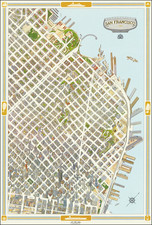
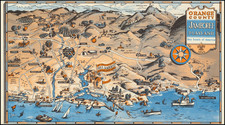
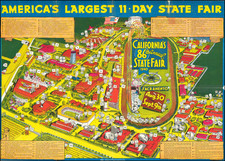
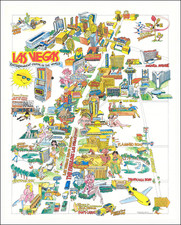
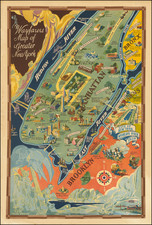
![[ Southern California to Grand Canyon / Boulder Dam ] Inexpensive Sky Tours via Western Air Express](https://storage.googleapis.com/raremaps/img/small/76820.jpg)